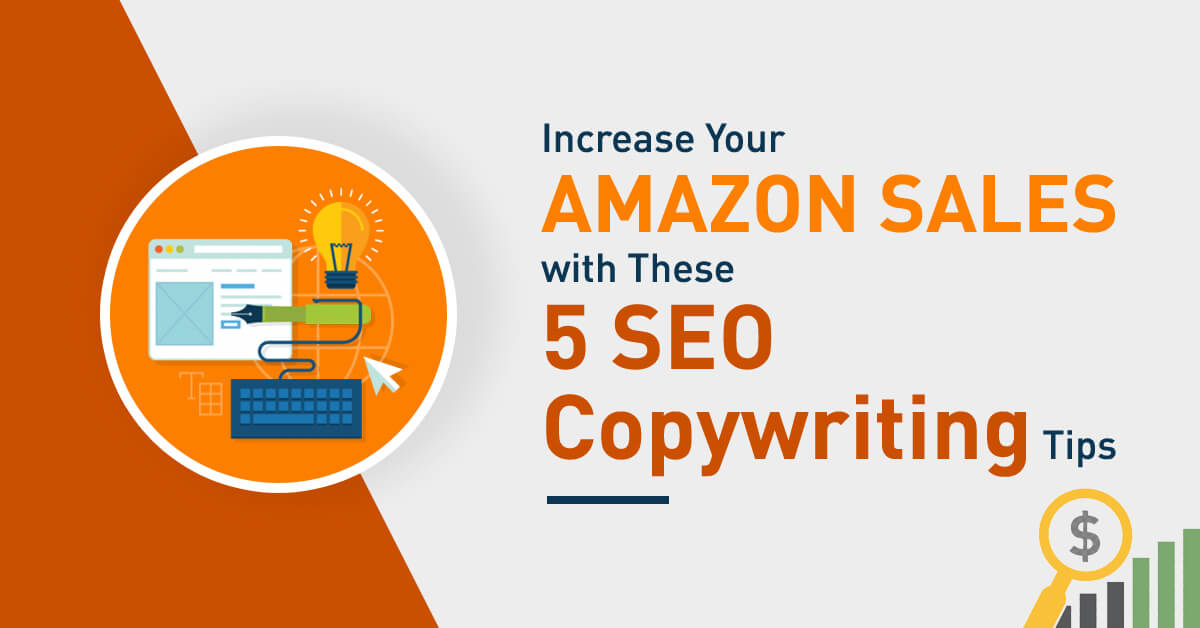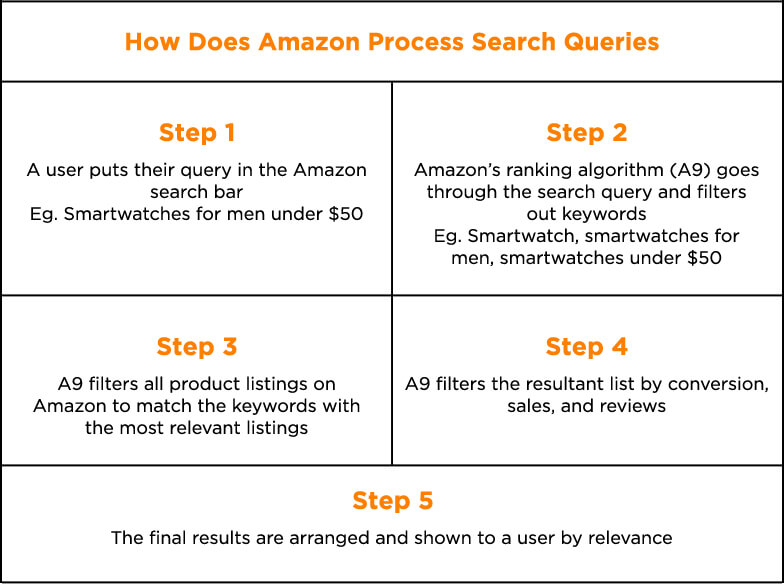
“I gotta have this product.”
In eCommerce, success depends a great deal on how fast you can make your customers believe that.
There were 1.92 billion global digital buyers in 2019. By 2021, we’re expecting more than 2.14 billion people worldwide to shop online. That’s more than a quarter of our planet’s current population.
Clearly, online shopping is popular. And, there’s a slew of very valid, very strong reasons behind that being so.
- It’s super convenient.
- There are a ton of options and more than enough room to be specific about what a buyer wants.
- The internet offers a variety of platforms where consumers can be reached and engaged.
- The overall opportunity for sales is very high, thanks to the instant nature of eCommerce.
But, it’s not all roses and unicorns, especially not for the sellers.
Turning a visitor into a paying customer is one of the biggest challenges for eSellers. When shopping online, customers can’t touch the product or interact with it, neither feel nor experience it. To be truly effective, sellers have to capture a buyer’s attention and keep it, appeal to their needs, and overcome their doubts & hesitations.
That’s where creative copywriting & Amazon SEO services come in handy.
A Quick Peek At What We’ll Cover Here – Table of Contents:
The Importance of SEO and Copywriting in eCommerce
Here’s some food for thought-
- As of January 2020, nearly 25% of the global population is shopping on the internet.
- As of Feb 2019, 66% of US Amazon buyers searched for products on Amazon instead of other search engines.
- As one of the most popular shopping sites in the US, Amazon is used by millions of people every month.
- Amazon sells over 4000 items a day.
These few figures lead to two key deductions-
1. A quarter of the Globe believes in shopping online, i.e., there couldn’t be a better time than now to tap into that potential market.
2. Amazon is one of the most popular eCommerce marketplaces out there, i.e., the best place for an eSeller to seek customers and reap revenue.
So, if you are indeed trying to make it big online in eCommerce, the time and opportunity are right.
However, as any professional Amazon marketing service will tell you, the key to successfully selling online lies in understanding what the buyer wants. It’s necessary to recognize and respond to consumers’ needs, desires, thoughts, and emotions. That’s the only way you can move a buyer from ‘It’s an interesting product’ mindset to ‘I must have this specific item’ mindset.
At the same time, it’s equally critical to be where your customers are. The visibility of your brand directly impacts your chances of getting leads and consequent business. That’s why eCommerce and online marketing go hand in hand.
So, your copy has to be a unique piece that’s customer-centric as well as algorithm-aligned. It should, ideally, answer a buyer’s questions and perform well on the ranking algorithm’s parameters. Good copywriting can help you attain that goal.
Understanding Amazon’s Ranking Algorithm-A9
A9 is the ranking algorithm that Amazon uses to filter product listings for search queries. It operates on two major parameters- relevancy of content and success of the brand.

A9 is a maturing algorithm, so there are constant changes and updates in it as well. In 2019, it was inclined towards organic relevancy, i.e., judging listings by how well they are optimized. The most recent bout of updates in A9 is being termed(unofficially) as Amazon A10 and is heavily influenced by the following metrics.
- Seller’s authority
- Internal sales
- Click-through rate
- PPC sales
- Impressions
- Conversion rate
- Sales history
- Off-site sales
- Organic sales
So, simply put, now when A9 crawls your product listing, it will examine the likelihood of-
- Your content matching the user’s search query(content relevancy and keyword intent)
- A user buying from your eStore(how good you’re at converting a prospect into a sale)
That means, if you want to do well on Amazon, you need to revisit the basics of SEO copywriting.
The Fundamentals of Amazon SEO Copywriting
So far, we’ve discussed how A9 works. At this point, it’s reasonable to say that every Amazon SEO copywriting service had a few primary goals-
- Get a visitor to click on a listing
- Satisfy buyer intent
- Get them to make a purchase
The right words in the correct order can help you express a sense of what the product can do and what it’s like. But, that’s only a part of the process. You also need to convince Amazon’s ranking algorithm that your product page answers the customer’s query.
The need for a creative yet strategically crafted copy leads many businesses to hire external Amazon consultants for SEO copywriting services. But, there is absolutely no need to worry if you want to try writing one yourself. Just keep in mind the most basic rules of SEO and the best current practices in the industry.
Product Listing Optimization through SEO Copywriting-Tips for eSellers

1. Stick to the Point
When it comes to Amazon description writing, short and sweet does the job.
As per a Microsoft study, the attention span of a digital user has come down to 8 seconds, less than that of a goldfish.
It is, of course, a reaction to many things, including technological advancements, accessibility, and increasing information flood. But, that doesn’t change the fact that grabbing and holding a buyer’s mind for even a few seconds is tougher than ever. In such a critical scenario, you can imagine what the fate of a long, text-heavy, burdensome paragraph would be.
So, if you don’t want to lose potential customers, stick to the point.
Use small sentences and paragraphs. Use bullets and images to make the description more enticing and interactive. Keep the titles informative, but short. Deliver your messages in a way that can lead to maximum retention.
2. Match the Copy with the Right Keyword Intent
Ask any excellent Amazon SEO copywriting service, and they’ll tell you why keyword intent is a vital part of SEO.
Amazon, just like any good service provider/search engine, wants to provide its users with the most relevant & valuable results. That’s why it prefers descriptions that are tuned to match keyword intent.
That means you should be familiar with the reasons why a buyer searches for a keyword that you’re targeting. When you know what they need, you can provide the information they are looking for. That automatically increases the overall credibility and value of your product listing in the buyer’s mind.
For instance, if you target ‘cheap smartphones’ as a keyword and lead the user to a page selling $349 phones, that’s not going to sit well with A9. Or the buyer, for that matter!
3. Do Not Stuff Keywords in The Copy
Looking for keywords and matching user intent is one thing. Placing them throughout your product page when writing Amazon descriptions is another consideration altogether.
It’s considered best to target the primary keyword in the title of your product page. Using important keywords in the bullets is also a good idea. Plus, you can sprinkle them in the description.
But, do not go overboard when writing Amazon descriptions or trying to outdo the keyword density. Stuffing does nothing to improve your ranking. On the contrary, it can harm the reputation of your eStore and brand. Not to mention, considering the current A9 standards, keyword stuffing is a waste of time and resources.
4. Optimize the Title & Description for Maximum Effect
We’ve already discussed why it’s good to use keywords in the title, sparingly across the descriptions, and why stuffing is more harmful than beneficial.
However, optimization is a bit more detailed than that. So, focus on the title, description, images, and features area.
Brandish your brand name if it is reasonably popular within your target audience demographic. Use keywords in the feature-list(bullets) based on their importance to the buyers. Include statements that showcase the benefit, instead of stating the features blandly.
When writing Amazon descriptions, it’s excellent practice to create a copy that you would read as a buyer.
Keep it feature-focused, of course. But also, go in detail. Use small headings to break up long paragraphs. Include taglines and power words. Take professional images for the listing.
Overall, keep it comfortable to read, simple, and aesthetically appealing.
5. Take Notes from Your Audience
Speak the language of your users. Simple!
Utilize the language, phrases, and terms a customer might use when browsing for the product you sell. Use the ‘related searches’ terms for any keyword. Use synonyms and alternations. Study other nicely-performing listings in your niche and also take a look at user-generated content(reviews, testimonials, etc.)
Then, mimic the most commonly used words and phrases related to your product. That’s an excellent way to boost your product page’s chances of ranking.
Get Professionals to Do the Heavy Lifting
Writing Amazon descriptions, creating titles, optimizing for keywords, conducting competitor research-there’s a lot to do when you sell on Amazon. There is no doubt that every iota of effort you put into this task will impact your sales and conversions. However, when you are running too much at once, there often isn’t enough time to get it all right.
That’s why it’s much better to hire Amazon SEO copywriting services than taking undue pressure upon yourself.
Data4Amazon Can Help! We are dedicated to taking your online store to the top of the search results.
With a diverse team of Amazon consultants, we offer a comprehensive suite of marketing & SEO copywriting services. Leverage our years of experience to take your product pages to the top of Amazon’s search results. Get in touch at info@data4amazon.com.

